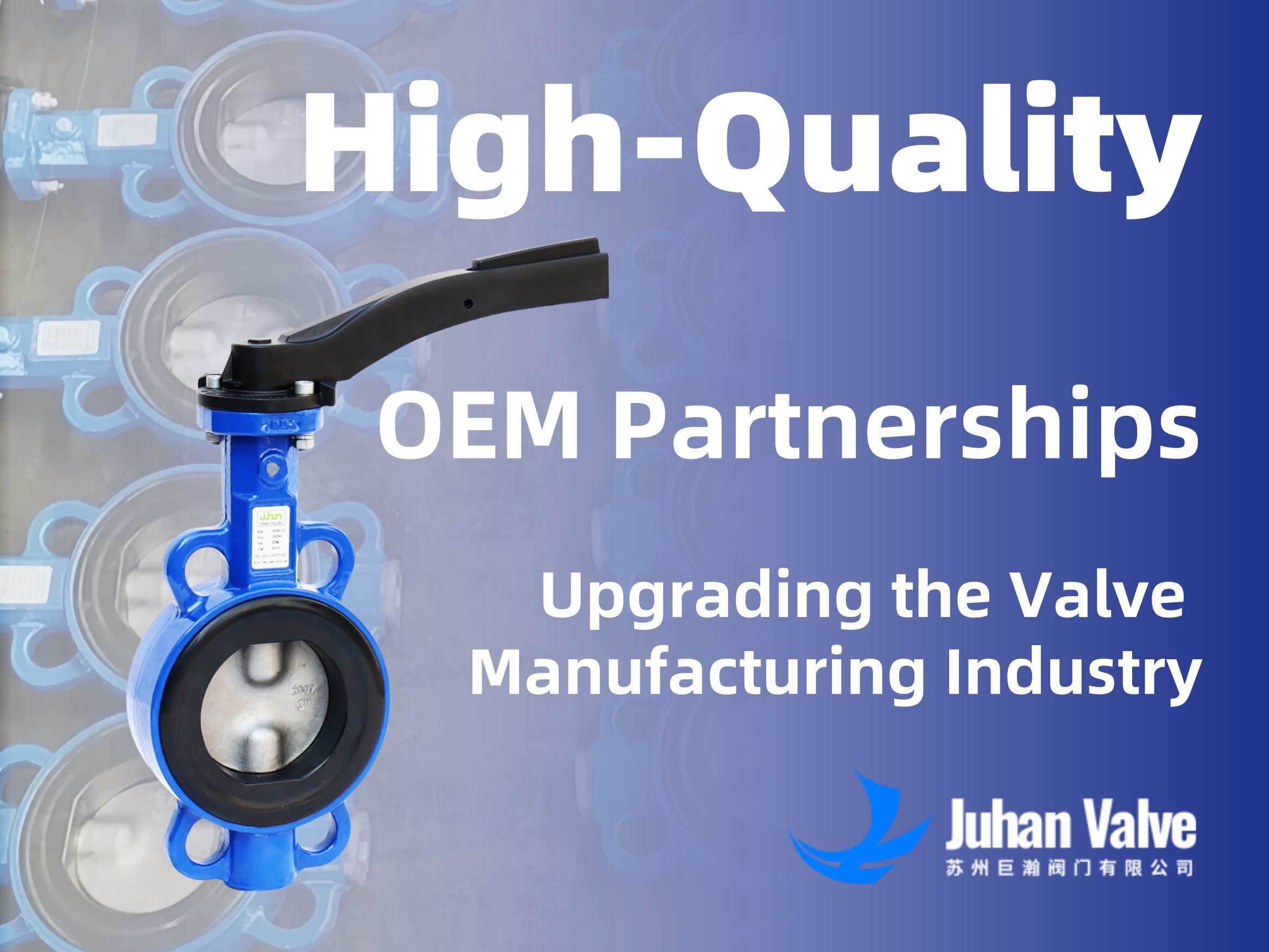The Kye Role Of High-Quality OEM Partnerships

Optimizing the Supply Chain to Enhance Competitiveness
Supply chain optimization is key to maintaining competitiveness. In an increasingly complex market environment, companies must ensure that their valve products not only meet current demands but also support future business growth. The valve industry serves various sectors, including semiconductors, petrochemicals, power generation, and water supply. Each industry has its own evolving requirements for valves. Therefore, before replacing or expanding OEM suppliers, companies should clarify their product positioning and ensure that new suppliers can meet industry standards and technical requirements.
Choosing the Right OEM Partnership Model
When selecting an OEM supplier, companies often face two main partnership models. One is standardized OEM, where the supplier provides ready-made valve products for private labeling by the company. This model ensures stable supply and is suitable for quickly expanding product lines and responding to market demand fluctuations. The other is customized OEM, where the OEM factory designs valve products tailored to the company's technical needs. This model helps companies gain a competitive edge through differentiation but requires a higher upfront investment.
Assessing Production Capacity and R&D Capabilities
Beyond the partnership model, the supplier’s production capacity and R&D capabilities are also critical considerations. Many companies rely on a single supplier, but as their business expands, adding more OEM partners can help mitigate supply chain risks and enhance market responsiveness.
Stability for Long-Term Cooperation
When selecting a new OEM supplier, supply chain stability is paramount. The size and production capacity of the supplier’s factory determine whether they can meet high-volume order demands and whether they can adjust their capacity flexibly. Quality control systems are also essential. Suppliers with international certifications such as ISO and API and a well-established product inspection process are crucial for ensuring product quality. Additionally, delivery capabilities must be reliable—whether the supplier has sufficient stock to meet urgent demands directly impacts a company’s market performance. Technical support and customization capabilities should not be overlooked, as a supplier’s ability to provide tailored solutions for different applications directly influences the company’s product competitiveness.
With geowing market demand and pressure to optimize product quality, the valve manufacturing industry must strengthen collaborations with high-quality OEM suppliers and optimize supply chain management to maintain competitiveness. As businesses grow, companies need to seek new partners to replace old suppliers who fail to meet quality, lead time, or cost requirements. Choosing the right OEM partnership model—whether standardized or deeply customized—is essential for meeting technical and quality standards. Companies should focus on evaluating suppliers’ production capacity, R&D capabilities, quality control, delivery reliability, and customization services to ensure supply chain stability and successful long-term cooperation, ultimately enhancing market competitiveness and future growth potential.
Latest news






